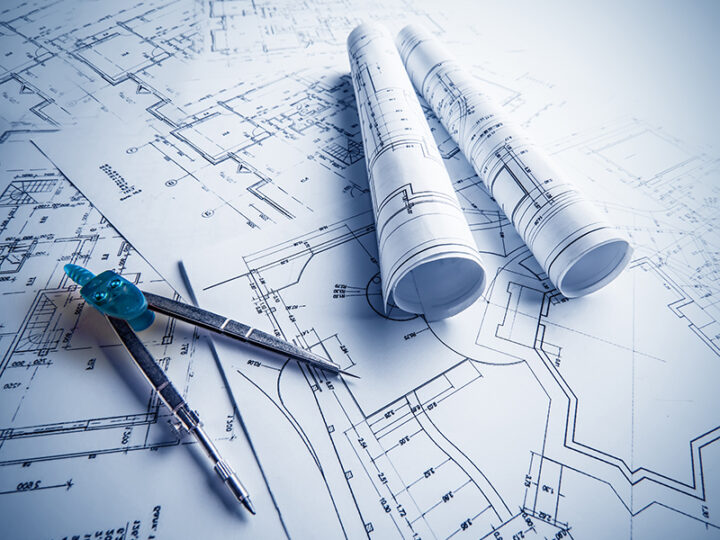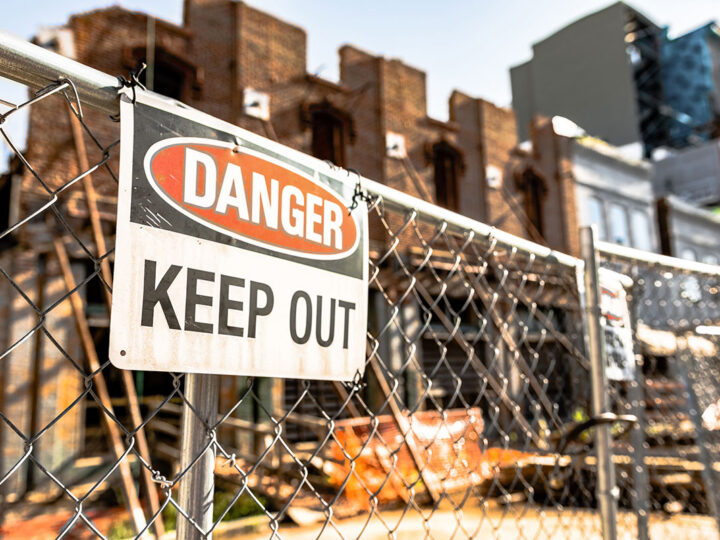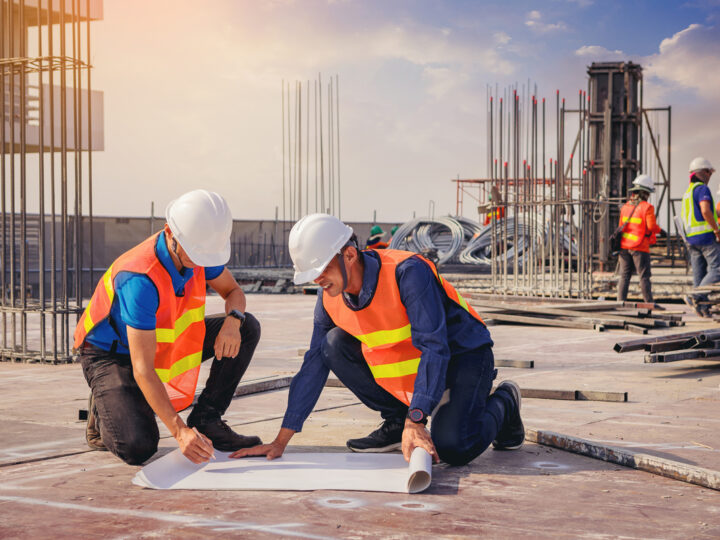
Are You Talking to Me? Stay-at-Home Orders and Engineering Practice During the COVID-19 Pandemic
By Sarah A. Johnson, Esq.
The governors of a majority of states across the country have issued stay-at-home, or shelter-in-place, orders in an attempt to limit the spread of COVID-19, instructing everyone to remain in their homes.
In some cases, there are warnings about the consequences of not doing so, which can result in hefty fines and even arrest. However, almost all of the orders contain exceptions for those persons working in what have been deemed to be “essential” businesses and operations. Indeed, persons working in businesses and operations that are considered essential are encouraged to continue work outside the home. What each state considers “essential” varies widely.
While much engineering work can be done from an office or home, assuming the engineer has the tools they need to do so, certain engineering work must be done outside the home. Such things as construction observation, field reports, inspections, etc. are services that must be done outside the home and in the current climate. It can be difficult to determine whether an engineer can continue to perform such services.
While some states, such as Illinois, have deemed all construction services to be essential,1 other states such as Pennsylvania have limited allowable construction services only to those necessary for emergency repairs.2 Many states have much more detailed and complicated guidance as to the types of construction that are allowed to continue under the orders.
For example, the New York order defines “essential infrastructure” to include construction,3 while at the same time, the state issued guidance that allowable construction is limited to: emergency construction; roads, bridges, transit, utilities, hospitals, healthcare facilities, schools, and affordable housing; construction that is necessary for the health and safety of the occupants; construction for the energy industry or an existing essential business; and construction work being done by a single worker who is the sole worker on the job site. Violators will be subject to a $10,000 fine.4
The Florida order defines essential services via reference to the U.S. Department of Homeland Security Guidance in its Essential Critical Infrastructure Workforce, v.2 and Executive Order 20-89, which contain large lists of allowable construction, including construction for: essential products, services, and supply chains; COVID-19 relief efforts; energy, petroleum, and gas industries; essential public works; maintaining the safety, sanitation, and operations of residences and businesses; communications infrastructure; housing; and all “open” construction sites as well as architectural, engineering, or land surveying services without further explanation.5
The above examples from New York and Florida demonstrate how unclear and difficult it may be to navigate the orders and supplemental materials. We are likely to see further orders restricting the movement of people for at least the next six months. If you have questions about whether you can proceed with services that require you to leave your home, you should consult the language of the orders themselves, not secondary sources. Unfortunately, you may still have questions. Under these circumstances, you should consult others in your industry as well as your legal counsel.
CITATIONS
1Ill. COVID-19 Exec. Order. No. 8 (March 20, 2020) https://www2.illinois.gov/IISNews/21288-Gov._Pritzker_Stay_at_Home_Order.pdf (“All businesses and operations in the State, except Essential Businesses and Operations as defined below, are required to cease all activities within the State except Minimum Basic Operations, as defined below.” “Essential Businesses and Operations” is defined to include “Essential Infrastructure,” and “Essential Infrastructure” includes “construction (including, but not limited to, construction required in response to this public health emergency, hospital construction, construction of long-term care facilities, public works construction, and housing construction).”
2Penn. Exec. Order No. 244 (April 1, 2020) https://www.governor.pa.gov/wp-content/uploads/2020/04/20200401-GOV-Statewide-Stay-at-Home-Order.pdf (“All individuals residing in the Commonwealth are ordered to stay at home except as needed to access, support, or provide life-sustaining business, emergency, or government services.”); Penn. Industry Operation Guidance (April 1, 2020) https://www.scribd.com/document/452553026/UPDATED-4-00pm-April-1-2020-Industry-Operation-Guidance (showing that the construction can continue operations only for emergency repairs and healthcare facilities).
3N.Y. Exec. Order 202.6 (March 18, 2020) https://www.governor.ny.gov/news/no-2026-continuing-temporary-suspension-and-modification-laws-relating-disaster-emergency.
4Guidance for Determining Whether a Business Enterprise is Subject to Workforce Reduction Under Recent Executive Orders (April 19, 2020) https://esd.ny.gov/guidance-executive-order-2026.
5Fla. Exec. Order No. 20-91 (April 1, 2020) https://www.flgov.com/wp-content/uploads/orders/2020/EO_20-91-compressed.pdf.






